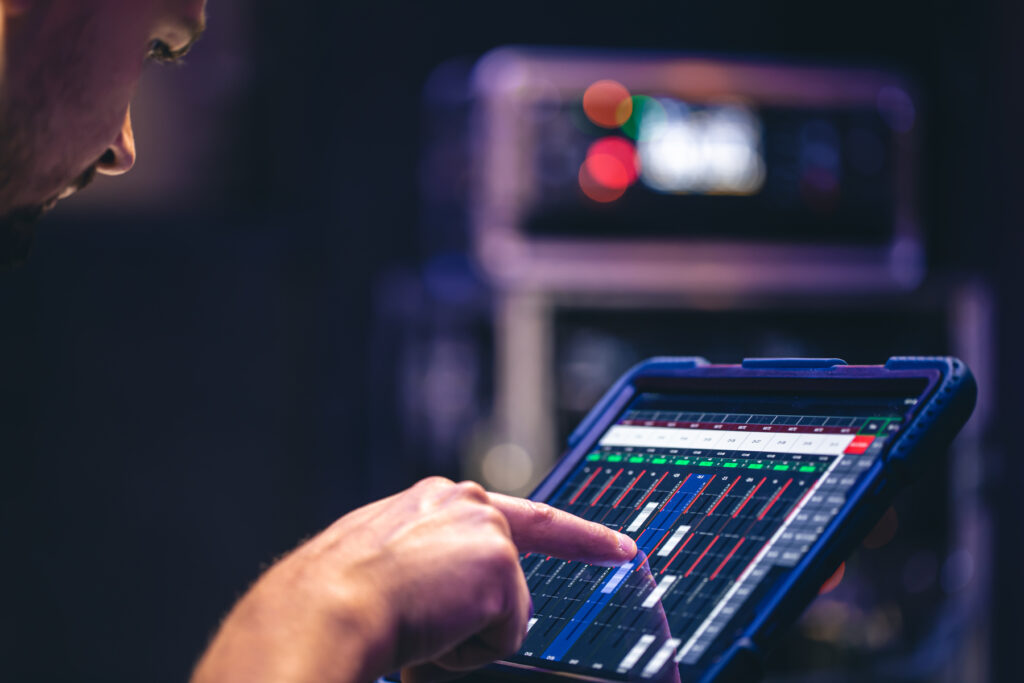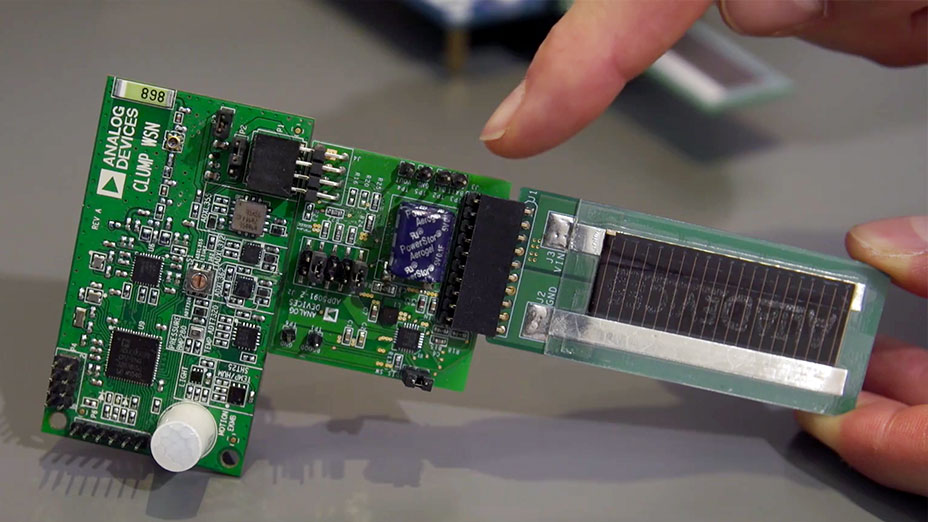“ADC & DAC: Converting Analog to Digital & Digital to Analog Signals”
ADC & DAC: Converting Analog to Digital & Digital to Analog Signals Analog and digital signals are two types of signals that are used in various electronic devices. Analog signals are continuous signals that vary in amplitude, frequency, and phase. Digital signals are discrete signals that are represented by binary numbers. When analog signals need […]

ADC & DAC: Converting Analog to Digital & Digital to Analog Signals
Analog and digital signals are two types of signals that are used in various electronic devices.
Analog signals are continuous signals that vary in amplitude, frequency, and phase. Digital signals are discrete signals that are represented by binary numbers.
When analog signals need to be processed by digital circuits, the signals need to be converted from analog to digital (ADC) and when digital signals need to be converted to analog, the signals need to be converted from digital to analog (DAC).
Analog to Digital Conversion (ADC)
Analog to digital conversion is the process of converting continuous analog signals into a digital representation. The conversion process involves two steps: quantization and coding.
Quantization involves converting the continuous analog signal into a set of discrete levels, and coding involves assigning binary values to the quantized levels.
Quantization is performed by using an analog-to-digital converter (ADC) that samples the analog signal at regular intervals and measures the amplitude of the signal at each sample.
The sample values are then quantized into a set of discrete levels. The number of levels used in quantization determines the resolution of the ADC. A higher resolution ADC will provide a higher level of accuracy in the converted digital signal.
Coding is performed by assigning binary values to the quantized levels. There are various coding techniques used in ADC, including pulse-code modulation (PCM), amplitude-shift keying (ASK), and frequency-shift keying (FSK).
PCM is the most commonly used coding technique and involves mapping the quantized levels to a set of binary values.

Digital to Analog Conversion (DAC)
Digital to analog conversion is the process of converting discrete digital signals into a continuous analog signal. The conversion process involves two steps: decoding and reconstruction.
Decoding involves converting the binary values back into quantized levels, and reconstruction involves generating an analog signal that corresponds to the quantized levels.
Decoding is performed by using a digital-to-analog converter (DAC) that receives the digital signal and converts the binary values back into quantized levels.
Reconstruction is performed by using a low-pass filter that smooths the quantized levels into a continuous analog signal. The low-pass filter removes any high-frequency noise that may have been introduced during the quantization process.
The resolution of the DAC determines the accuracy of the converted analog signal. A higher resolution DAC will provide a higher level of accuracy in the converted analog signal.
Applications of ADC & DAC
ADC and DAC are widely used in various electronic devices, including digital cameras, digital audio players, and digital televisions.
ADC is used in digital cameras to convert the continuous analog signal from the image sensor into a digital representation. The digital signal can then be processed and stored in a digital format.
DAC is used in digital audio players to convert the digital audio signal into a continuous analog signal that can be played through the speaker. In digital televisions, DAC is used to convert the digital video signal into a continuous analog signal that can be displayed on the screen.
ADC and DAC are also used in data acquisition systems, communication systems, and instrumentation systems. In data acquisition systems, ADC is used to convert the continuous analog signals from sensors into a digital representation that can be processed and stored.
In communication systems, ADC and DAC are used to convert the analog signals into a digital representation for transmission and then back to an analog signal for reception.
In instrumentation systems, ADC and DAC are used to convert the analog signals from instruments into a digital representation for processing and then back to an analog signal for display.


